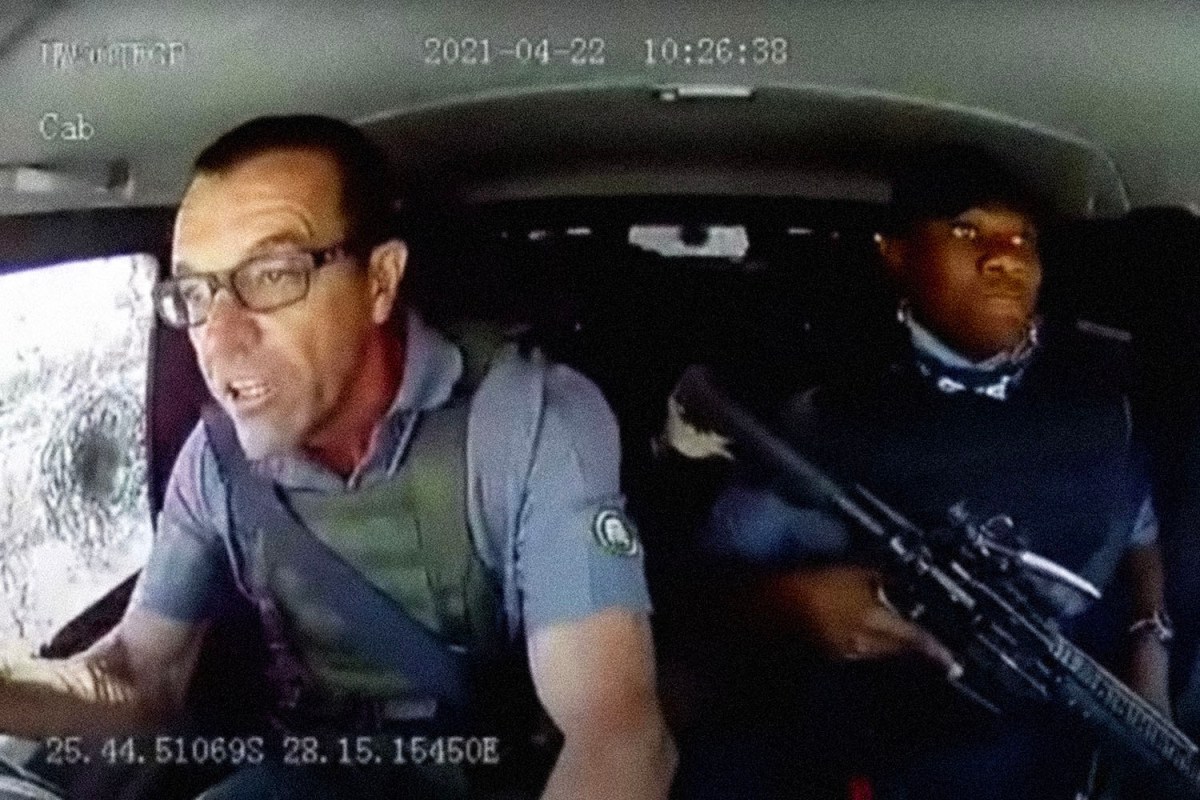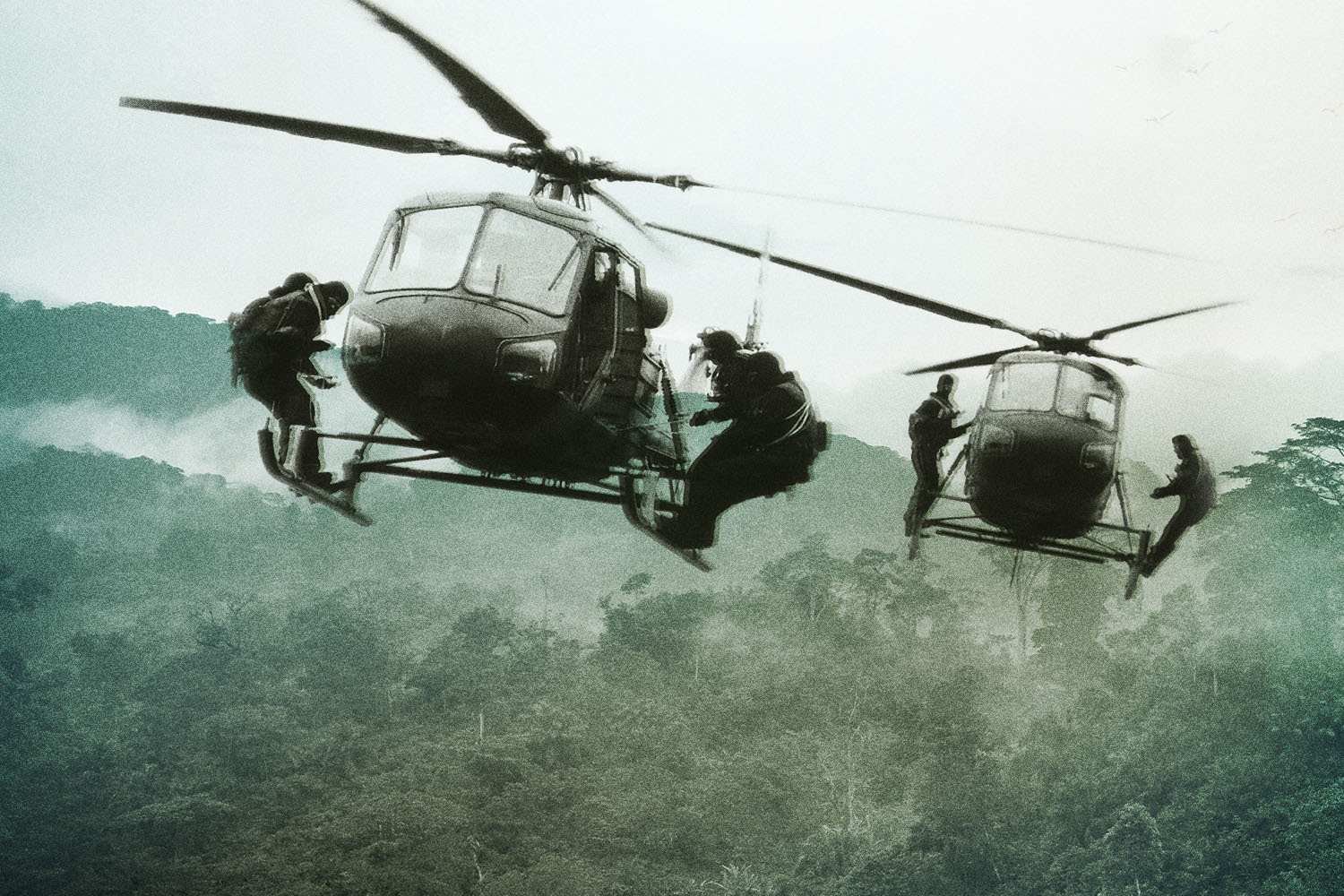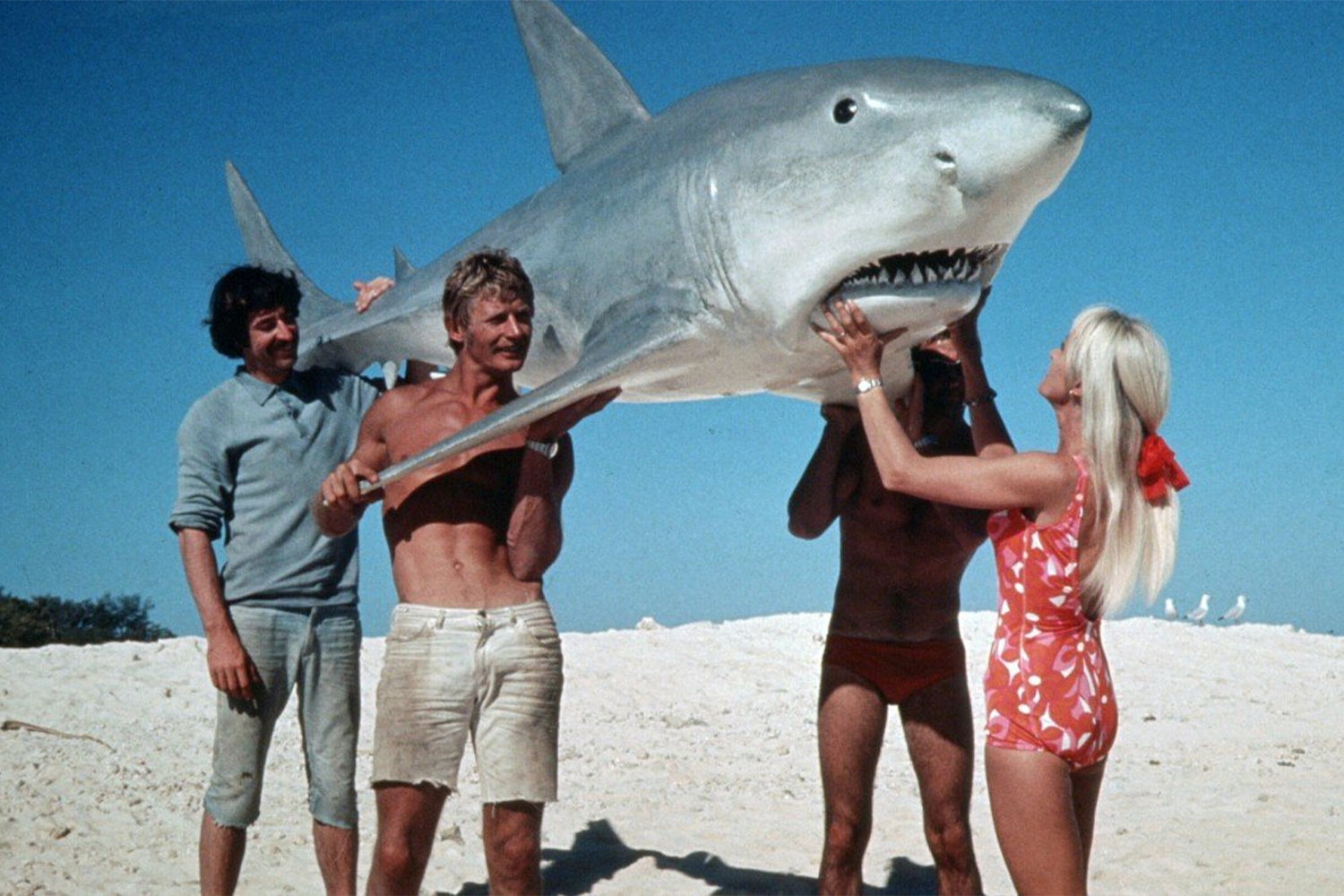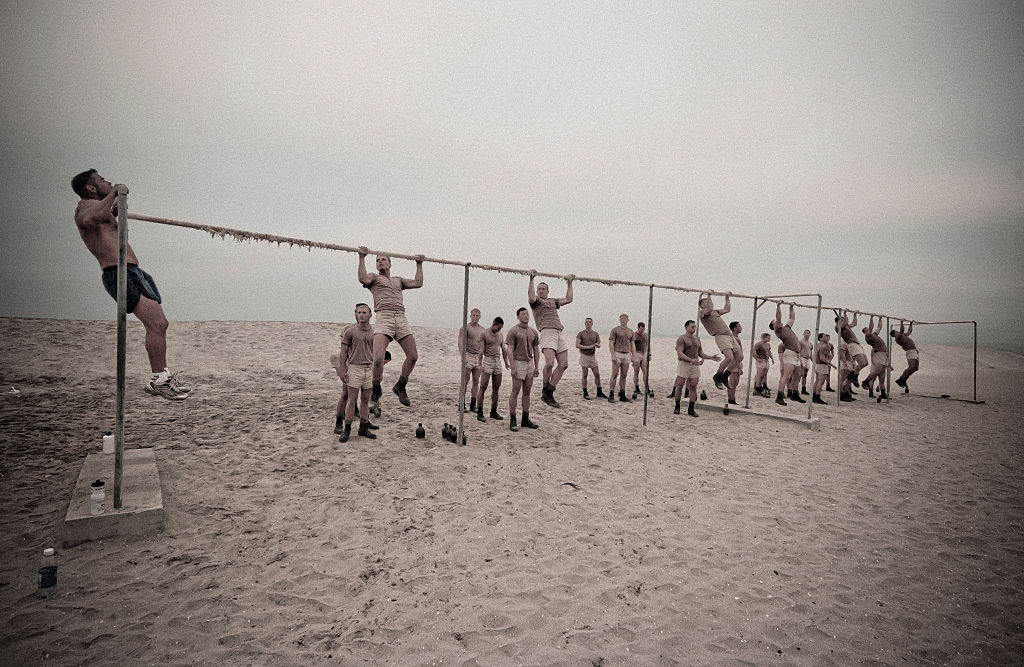Leo Prinsloo is a chief instructor for Fortis Pro Active Defence Solutions and serves as head of training in their Lone Operator program. Before that he had a long career in the South African Police Service, and was selected for their Special Task Force, where he rose to the rank of Captain. During that time he was part of many high risk operations, including security details for two U.S. presidents and the Queen of England.
Earlier this month, Prinsloo stepped behind the wheel of an armored 70 Series Toyota Land Cruiser with his crewmate Lloyd Mtombeni to escort high value cargo in Pretoria. Elsewhere in the world this may have been mundane, but due to economic turmoil, there has been a rapid rise in the armed robberies of cash-in-transit, or CIT, vehicles in South Africa. This was to be one of one of those attempts — and if anyone but Prinsloo was driving, it might have been a successful one. Below, the tale of Prinsloo’s harrowing escape appears as told to Charles Thorp. It has been edited and condensed for clarity.
I don’t drive an armored truck every day. My company Fortis Pro Active Defence Solutions primarily does firearm training as well as advanced driving courses — basically everything that people need to know in the security sector. So our clients are in the cash-in-transit business or valuable-asset transit business in South Africa. I train drivers and guards to be as prepared as possible for high-pressure scenarios that come with the job.
I became an instructor after a long career in the police service, where I worked up to a captain in the Special Task Force, the equivalent of the SAS in England and the RAID unit in France. The unit operates inside the borders of South Africa, stepping in when high-risk matters like hostage release and engagements come about that the everyday police aren’t equipped for.
The Task Force also handles protection for incoming dignitaries. I was on the detail of two U.S. Presidents, the Queen of England and others. Those were tremendous learning experiences, working hand-in-hand with the best from around the world. I was a part of that force for 12 years, with the last four years transitioning into an instructor role as Head of Task Force Snipers.
Every now and again I will choose to drive the truck myself for our clients, as a way to make sure I understand the environment and see any new methods of criminality that have developed. We study the headlines and the footage from other attacks, but being there in the driver seat is a whole other beast. The criminals are constantly evolving. They change tactics, and I need to know how to defend against them.
On this particular day we were escorting valuables, not cash, a job I have done a few times in the past few months. The sad fact is because attacks on trucks happen so often in our country, I tell myself every time I step behind the wheel, “This is the day it is going to happen.” The mind needs to always be prepared, because when you get complacent, that is when things go bad. Sadly, this time I was right.
Before we started the drive, I had a talk with my crew passenger Lloyd, who only started with the company four days prior. I told him the courses of action that I planned to take if we got hit, like trying to ram them off the road. Our armored Toyota Land Cruiser was going to be both our weapon and our cover, as we weren’t able to shoot from the vehicle since it didn’t have gun ports. It was built to look as inconspicuous as possible, without any serious modification on the outside.
Unfortunately the criminals in our country are well-informed, and both former and current police and military have been arrested in connection with the bad guys. Because of that, the hit can come anytime during your work shift. You have to be at the top of your game the whole bloody day. This time the first shots came just 15 minutes after we started the job, half past 10 in the morning.
The modus operandi for the jackers is to come from behind and open fire on the guards. No warning. They want to obstruct the windows, and if possible take out the crew so that they can get to the vehicle easily. They come ready to kill, and the justice system isn’t any kind of deterrent. From the first shot to the last, 13 rounds struck the vehicle, and more than 30 were fired at us. It was the first time that I had been in a gun exchange since I left the police 17 years ago.
I think they would have shot more, but I surprised them a bit with my tactics and my driving, because they usually don’t get that kind of retaliation from the security side. One of the cars chasing us was a black Audi, and I could tell that it wasn’t driven by an amateur. He had his own skills; even though I bumped and swerved into him with a superior sized vehicle, he was able to stay on the road.
During the firing, they shot out our right front tire. Our truck had a lot of weight to it, and a lot of momentum, so keeping it on its wheels was my primary concern. If the car got flipped, there was likely going to be injury to myself or Lloyd, but on top of that we would be putting outselves at a huge tactical disadvantage where the doors are going to have to open. That is not a gunfight that you want to be in as far as position.
My crew member had experience in armed response, but this was the first time that he had been fired upon. The first time that I was shot at, I assure you I was wide-eyed, and I’m grateful that there wasn’t a camera pointed at me during it. He did everything that I asked him to do and kept his head. I tried to have him phone our colleagues, but the criminals were using a signal scrambler.
I had him get our AR-15 prepared just in case things went south. Because there were no gun ports, we’d have had to open the doors to engage with the jackers, and I‘d only have done that if we had been capsized. That is what I needed him to do. I have to say for all of those keyboard warriors who have tried to dissect his performance, I doubt they would be as tough in the middle of an armed jacking.
That rifle was our typical AR-15 platform, a local version and build. That is the piece that we commonly train our people with, so I’m quite familiar with the platform. That was the armament that we had, in addition to our sidearms of course, which are Glocks.
The body alarm reaction is a fascinating thing, what happens to your body when that kind of adrenaline starts pumping. That reaction will always be there, but with experience in high-pressure situations, you learn to manage it better. From the first crack of the rifle, time slowed down and I had a complete focus in the moment. The chase felt like 10 minutes to me, when in actuality it was two and a half.
Once we got to the hotel carpark where the chase ended, I hoped to push the Audi through the spiked barriers and puncture his tires so that they couldn’t get away. I spun him sideways, and he ended up on the concrete sidewalk. Our truck also got stuck on the concrete barriers. The driver of the car jumped out and ran, which is when I jumped out with my rifle. I made the decision that he wasn’t a shootable target in that public place. He ran across the street and got away, to my great frustration.
The two criminal vehicles involved had offloaded their six passengers on the highway, AK-47s in hand, grabbing lifts and escaping. Once the Audi driver had fled, the next thing that I wanted to do was to get back there and chase them down. I wasn’t able to, which burnt me up. The fact is, you will always be outnumbered, but if you use smart tactics you greatly improve the chance of your crew getting out alive.
The tactics I used on the road are all skills that we teach in our company. And another concerning fact is there is only a small percentage of companies that actually allows their personnel to be trained at this scale. The majority of the industry sends their guys into a war zone with the very bare minimum of training; all they want to do is tick boxes on a form. On top of that, they are getting investigated and sometimes fired after they use their weapons. So before they pull their gun for protection, they are wondering if they will lose their job. That kind of hesitation can be the difference between life or death.
I think that people would be shocked that there are companies in our country who do this same kind of transit in non-armored vehicles — oft-skinned trucks. One week after the hit that we dealt with, a security driver was killed and his passenger seriously injured. That could have been the same guys who tried to get us. Two weeks after our attack, there was a hit on a cash-in-transit vehicle where 250 rounds were fired between the two security guards and over 20 criminals. The gun exchange went on for five long minutes. I trained those security guards about a year ago, and they’re lucky they got out alive. Let’s be clear: that is not an “incident.” That is a war zone.
This article was featured in the InsideHook newsletter. Sign up now.























